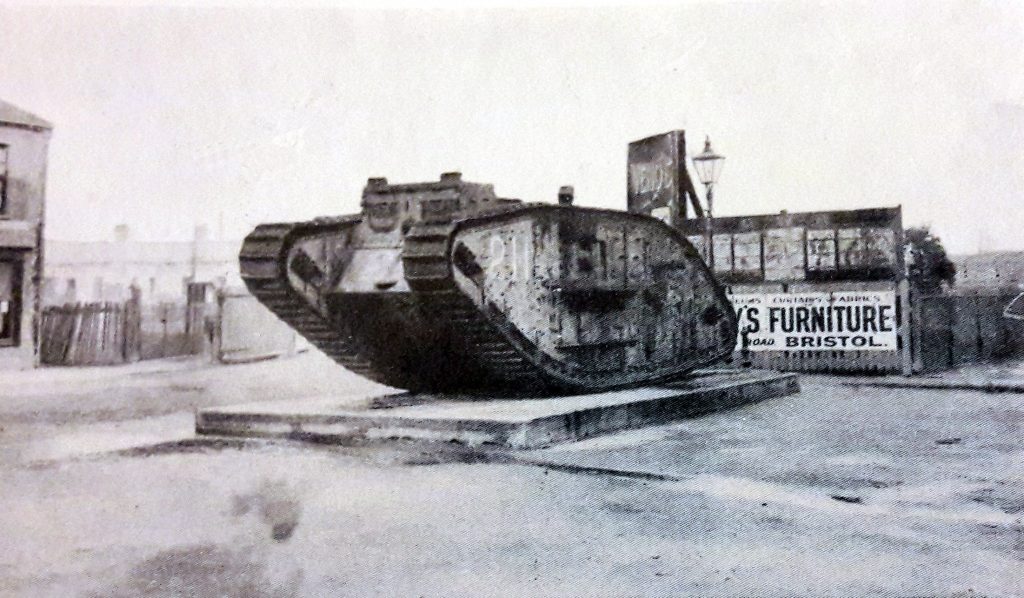Names and brief biographies of Bridgwater Servicemen remembered on the town’s war memorials. Compiled by Brian Dyer.
Please note that this well-researched list misses out a number of further names associated with Bridgwater, including Charles Edward Bond (1888-1918). See the link to the Wembdon Road Cemetery biographies for more names, including Burrington, Howard, Leigh, Seward and Short.
The King Square Memorial

The central figure represents Civilization, seated as a Queen upon a throne. On her lap, the Book of Law is upheld by two crouching guardian angels. The wings form a canopy at the back of the design providing shelter to the small groups representing Labour, Education and, in the centre, the Home. New life growing out of the old is represented by the butterfly emerging from a chrysalis and a spray of mistletoe emerges from within the laurels.
With her left hand she bids attention by its upraised gesture; in her right hand she holds an orb in the shape of the world. To show that Peace reigns in the world, the four comers are represented by four small figures which are in turn supported by doves holding a single band which connects East to West the whole world bound together in one brotherhood. Under her feet, writhe Bloodshed, Corruption, Despair; and Strife.
The names of the fallen are given in raised bronze letters, resting on a pedestal of Devonshire granite in the form of four crosses in one. The Bridgwater War Memorial was unveiled on September 25th, 1924. It was the work of Mr John Angel, FRBS.
Images of the Plaques
John Angel’s War Memorials by David Baker
The Tank

In July 1919 Bridgwater raised £162,327 for ‘Victory Loan Week’, far in excess of the £100,000 expected. In reward the town was presented with a tank the following October, which was placed at the top of St John Street near the Railway Station, as can be seen here, on a concrete plinth. In later years railings were built around the plinth. The number 211 can be seen on the side. Stephen Pope, Principal Researcher of the First Tank Crews Project, has kindly informed us that this is a Mark IV female tank, meaning it was a tank which would have been fitted with Lewis machine guns. Its number 211 indicates it was used as a training vehicle either at Bovington or in France and was unlikely to have seen action.
On Saturday evenings in the summer, the town’s Imperial Silver Band would sit next to the tank and perform (see Will Locke, Times Remembered of Bridgwaterin the 1920s and 1930s).
Tim Comer kindly got in contact to say how his father Harold remembered played on the tank with his friends as a boy. Harold was born in 1912 in Liberty Place, so this would have been around 1919- 1924. He remembered that he and a friend were once caught playing on it by a local constable and received a firm cuff around the ear.
It is not exactly clear how long the town kept this tank, some suggestion being that it remained there until being taken for scrap during the second war. Bridgwater was also presented with an artillery gun, although where that was kept is also unclear.
Links
| Biographies of those remembered in the Wembdon Road Cemetery |
| Link to a description of the Angel Memorial |
| The Blake Museum’s Resource Page on the Great War and Bridgwater |
Dr Peter Cattermole 28 October 2012. Revised MKP 16 August 2020.

